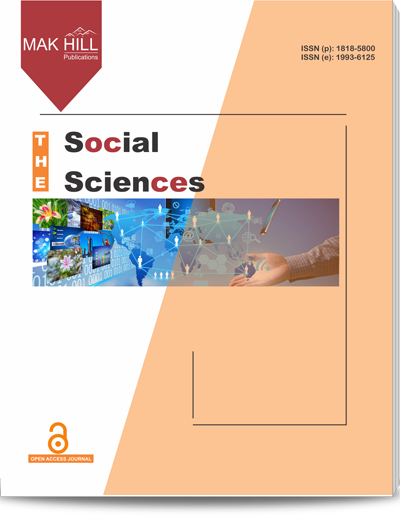
The Social Sciences
ISSN: Online 1993-6125ISSN: Print 1818-5800
Abstract
Ethnicity refers essentially to the socio-cultural characteristics of a person. Ethnicity is characterized by one’s culture, language, religion, national origin and others. Thus, an ethnic group comprises of members who have a set of socio-cultural characteristics of their own. They have the same cultural practices and share similar historical background, value systems, attitude and behaviour. In Malaysia, there are three major ethnic groups, namely the Malays, Chinese and Indians. In the Malaysian context, ethnicity is also an important aspect in the identification of one’s religion as well as giving a clue of their affiliated political parties. The interplay between these various factors associated to ethnicity provides an interesting background to the study of Malaysian history and development. In this study, the researchers discuss the development of Malaysian higher education from an ethnic relations perspective. The study is based on the review of relevant literature and documents related to the history and development of higher education in Malaysia and its connections to ethnic integration towards nation building. This research discusses the various phases in the development of Malaysian higher education from the colonial times to the current globalisation era. The research highlights the efforts taken by the government in promoting and maintaining ethnic integration through education at the tertiary level.
How to cite this article:
Nazri Muslim and Rozita Ibrahim. The Development of Higher Education in Malaysia: An Ethnic Relations Perspective.
DOI: https://doi.org/10.36478/sscience.2012.568.574
URL: https://www.makhillpublications.co/view-article/1818-5800/sscience.2012.568.574